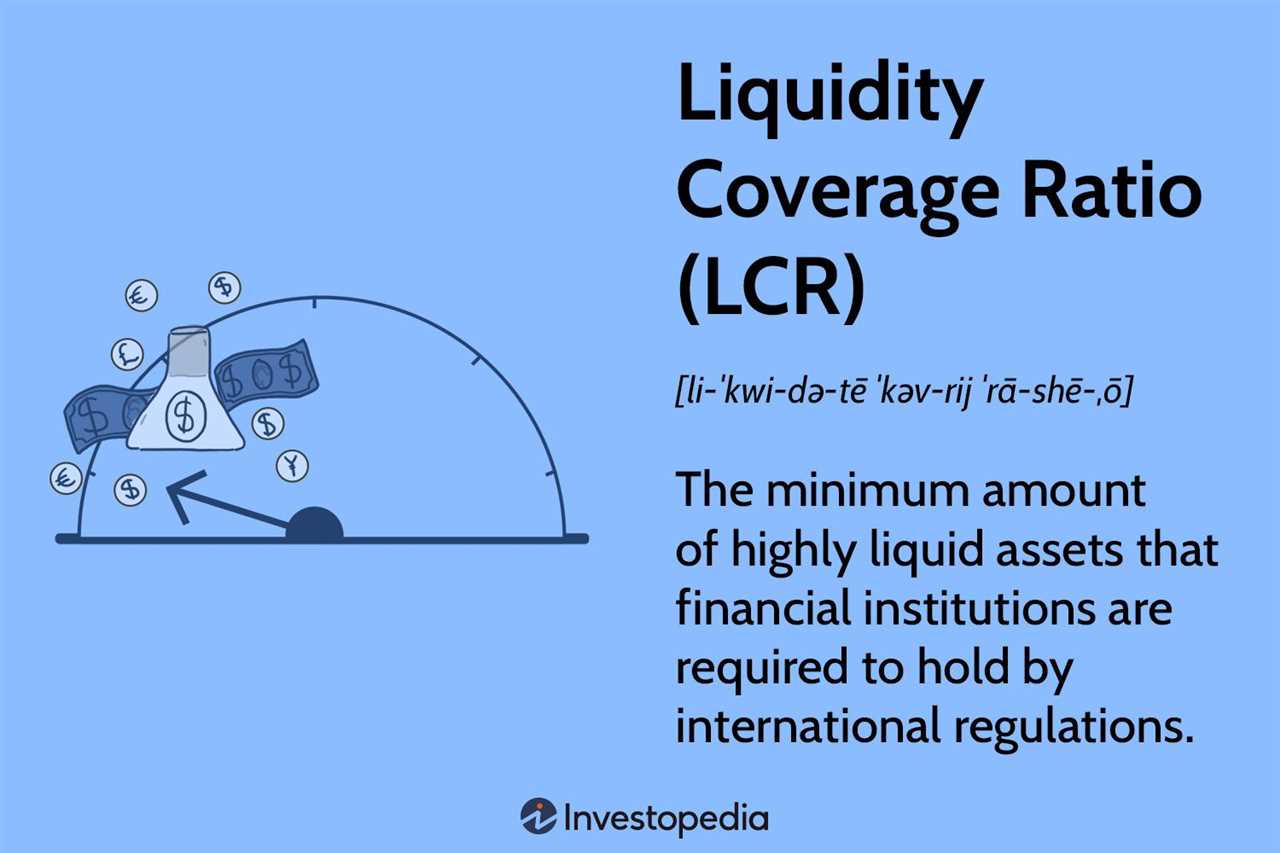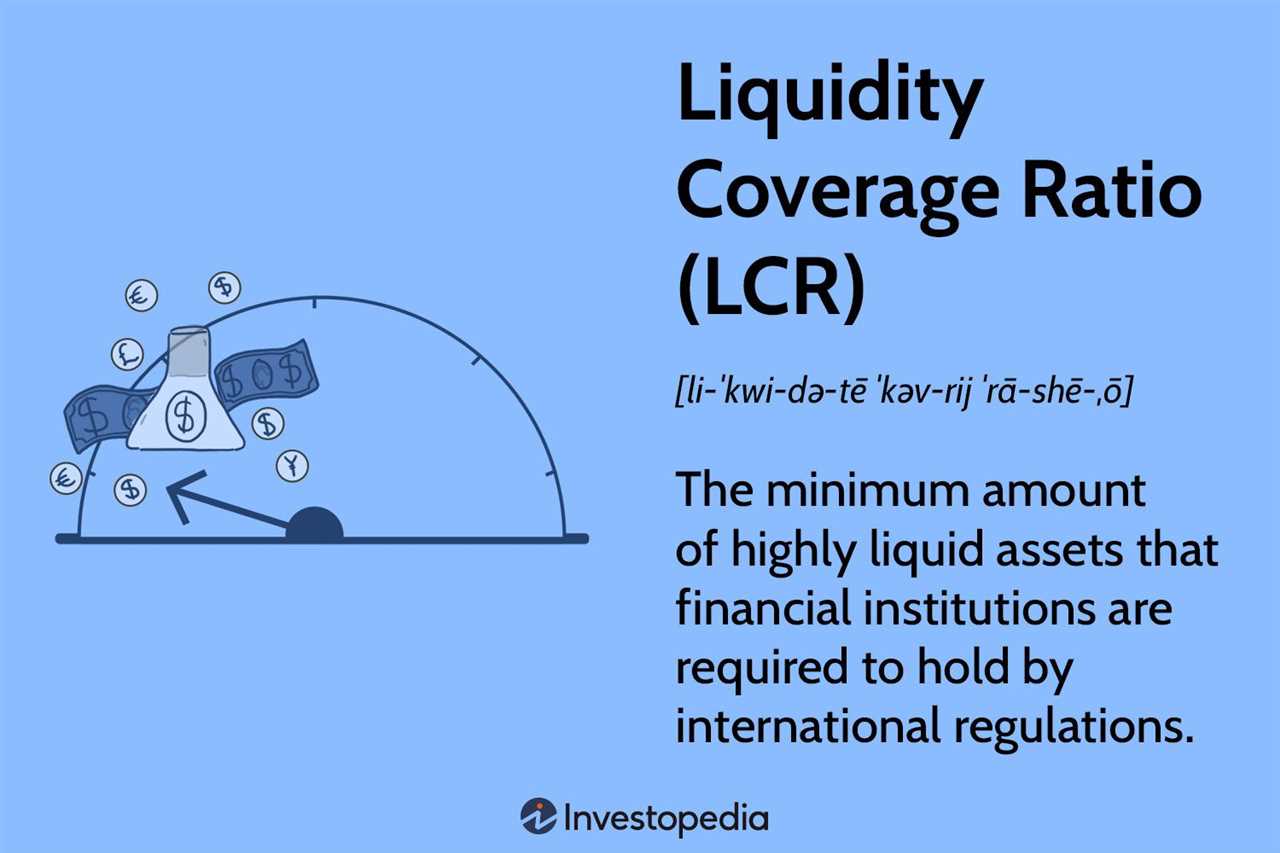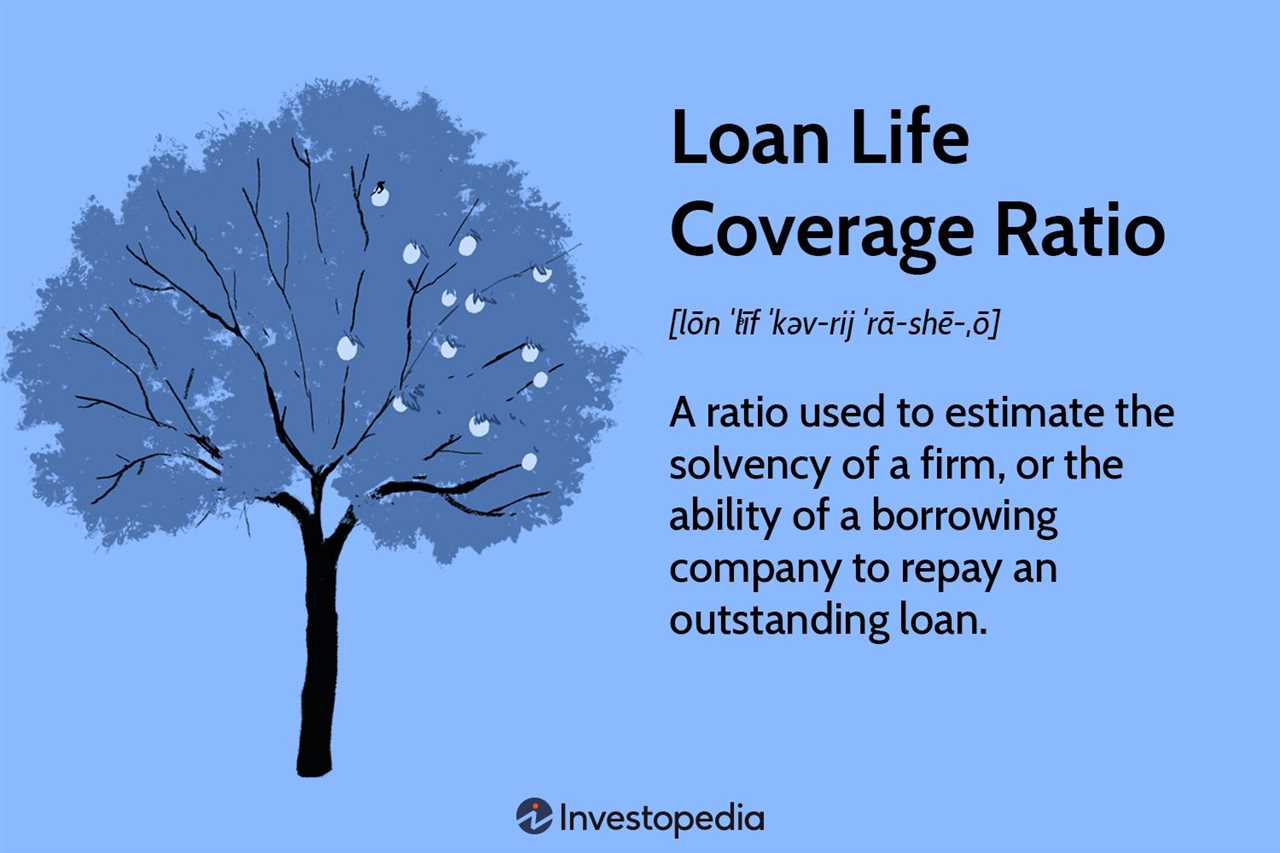Loan Life Coverage Ratio LLCR Definition Calculation Formula

The Loan Life Coverage Ratio (LLCR) is a financial ratio used to assess the ability of a borrower to repay a loan over its entire term. It is commonly used by lenders and investors to evaluate the creditworthiness and risk associated with a loan. The LLCR takes into account the borrower’s cash flow and the loan’s principal and interest payments.
Definition

Calculation Formula
The LLCR is calculated using the following formula:
LLCR = (PV of Cash Flow) / (PV of Loan Payments)
Where:
- PV of Cash Flow is the present value of the borrower’s projected cash flow over the life of the loan.
- PV of Loan Payments is the present value of the loan’s principal and interest payments.
Importance of Loan Life Coverage Ratio
The LLCR is an important metric for lenders and investors as it helps them assess the borrower’s ability to repay the loan. A high LLCR indicates a lower risk of default, while a low LLCR suggests a higher risk. Lenders typically have a minimum LLCR requirement that borrowers must meet in order to qualify for a loan.
The LLCR also provides valuable insights into the borrower’s cash flow and financial health. It helps lenders evaluate the borrower’s ability to generate sufficient income to cover the loan payments and meet other financial obligations.
Interpreting Loan Life Coverage Ratio
Interpreting the LLCR involves comparing the calculated ratio to a benchmark or threshold set by the lender. If the LLCR is higher than the benchmark, it indicates a lower risk of default and a higher likelihood of loan approval. Conversely, if the LLCR is lower than the benchmark, it suggests a higher risk of default and may result in loan rejection or stricter loan terms.
It is important to note that the LLCR is just one of many factors considered by lenders and investors when evaluating a loan application. Other factors such as credit history, collateral, and industry trends are also taken into account.
What is Loan Life Coverage Ratio?
The Loan Life Coverage Ratio (LLCR) is a financial ratio used to assess the ability of a borrower to repay a loan over its entire term. It is commonly used by lenders and investors to evaluate the creditworthiness and risk associated with a loan.
The LLCR is calculated by dividing the net present value (NPV) of the borrower’s expected cash flows by the outstanding loan balance. The NPV takes into account the time value of money, discounting future cash flows to their present value.
LLCR Calculation Formula
The formula for calculating the Loan Life Coverage Ratio is as follows:
| LLCR = | (Net Present Value of Expected Cash Flows) | / | (Outstanding Loan Balance) |
The net present value of expected cash flows includes all future cash inflows and outflows related to the loan, such as principal repayments, interest payments, and any other fees or expenses. The outstanding loan balance is the remaining amount owed on the loan.
Importance of Loan Life Coverage Ratio
Lenders typically have a minimum LLCR requirement that borrowers must meet in order to qualify for a loan. This requirement varies depending on the type of loan and the risk appetite of the lender. Investors also use the LLCR to assess the risk and potential return of investing in a loan.
By calculating the LLCR, lenders and investors can make informed decisions regarding loan approvals, interest rates, and loan terms. It helps them assess the creditworthiness of borrowers and determine the appropriate level of risk for a loan.
LLCR Calculation Formula
The Loan Life Coverage Ratio (LLCR) is a financial ratio used to assess the ability of a borrower to repay a loan over its entire term. It is calculated by dividing the present value of the borrower’s cash flow by the present value of the loan payments.
The formula for calculating the LLCR is as follows:
- LLCR = (Present Value of Cash Flow) / (Present Value of Loan Payments)
To calculate the present value of cash flow, the future cash flows generated by the borrower are discounted back to their present value using an appropriate discount rate. This takes into account the time value of money and reflects the fact that a dollar received in the future is worth less than a dollar received today.
By comparing the present value of cash flow to the present value of loan payments, the LLCR provides an indication of whether the borrower will have sufficient cash flow to meet their loan obligations over the entire term of the loan. A ratio greater than 1 indicates that the borrower is expected to generate enough cash flow to cover their loan payments, while a ratio less than 1 suggests that they may struggle to meet their repayment obligations.
Importance of Loan Life Coverage Ratio

The Loan Life Coverage Ratio (LLCR) is a financial ratio that is used by lenders and investors to assess the ability of a borrower to generate enough cash flow to cover the loan payments over the life of the loan. It is an important metric that helps lenders determine the creditworthiness of a borrower and assess the risk associated with lending to them.
The LLCR is calculated by dividing the net operating income (NOI) by the total debt service (TDS). The net operating income is the income generated by the property after deducting all operating expenses, while the total debt service is the sum of all principal and interest payments on the loan.
A high LLCR indicates that the borrower has a strong ability to generate sufficient cash flow to cover the loan payments, which reduces the risk of default. On the other hand, a low LLCR suggests that the borrower may struggle to meet their financial obligations and may be at a higher risk of defaulting on the loan.
Benefits of Loan Life Coverage Ratio

1. Risk Assessment: The LLCR helps lenders assess the risk associated with lending to a particular borrower. By analyzing the borrower’s ability to generate cash flow, lenders can determine the likelihood of default and make informed decisions about whether to approve or reject a loan application.
3. Investment Analysis: Investors can also use the LLCR to evaluate the profitability of a potential investment. By analyzing the cash flow generated by a property and comparing it to the loan payments, investors can determine whether the investment is likely to generate a positive return.
Limitations of Loan Life Coverage Ratio
2. Future Uncertainty: The LLCR is based on projected cash flows, which are subject to change. Economic conditions, market trends, and other factors can impact the actual cash flow generated by the property. Therefore, the LLCR may not accurately predict the borrower’s ability to meet their financial obligations in the future.
Despite these limitations, the Loan Life Coverage Ratio is a valuable tool for lenders and investors in assessing the creditworthiness and risk associated with lending to a borrower. By considering the borrower’s ability to generate cash flow and meet their financial obligations, lenders can make informed decisions and mitigate the risk of default.
Interpreting Loan Life Coverage Ratio
The Loan Life Coverage Ratio (LLCR) is a financial ratio that is used to assess the ability of a borrower to repay a loan over its entire life. It is an important metric for lenders and investors as it helps them evaluate the creditworthiness and risk associated with a loan.
The LLCR is calculated by dividing the present value of the borrower’s cash flows by the present value of the loan payments. A ratio greater than 1 indicates that the borrower’s cash flows are sufficient to cover the loan payments, while a ratio less than 1 suggests that the borrower may have difficulty repaying the loan.
It is also important to compare the LLCR to industry benchmarks and standards to assess the borrower’s performance relative to their peers. This can provide insights into the borrower’s competitiveness and sustainability in their industry.
In summary, the LLCR is a valuable tool for lenders and investors to evaluate the risk associated with a loan. However, it should be interpreted in the context of the borrower’s specific circumstances, in conjunction with other financial ratios, and in comparison to industry benchmarks. This holistic approach can provide a more accurate assessment of the borrower’s ability to repay the loan over its entire life.

Emily Bibb simplifies finance through bestselling books and articles, bridging complex concepts for everyday understanding. Engaging audiences via social media, she shares insights for financial success. Active in seminars and philanthropy, Bibb aims to create a more financially informed society, driven by her passion for empowering others.
